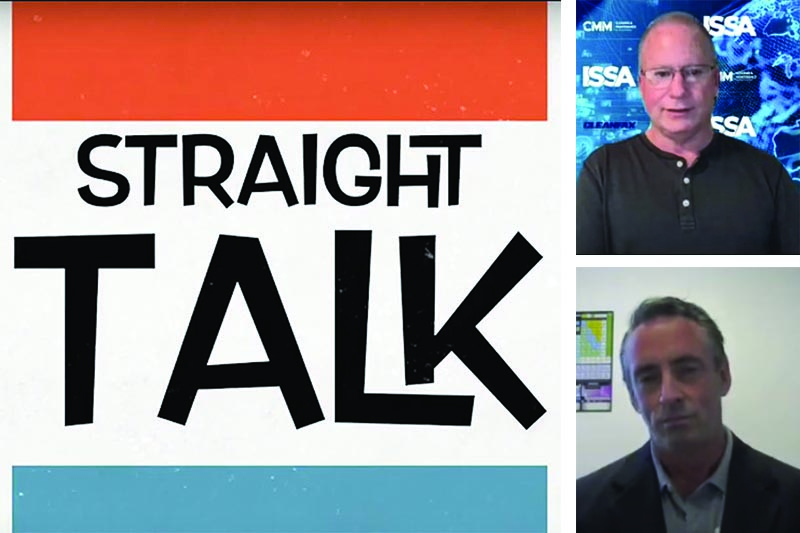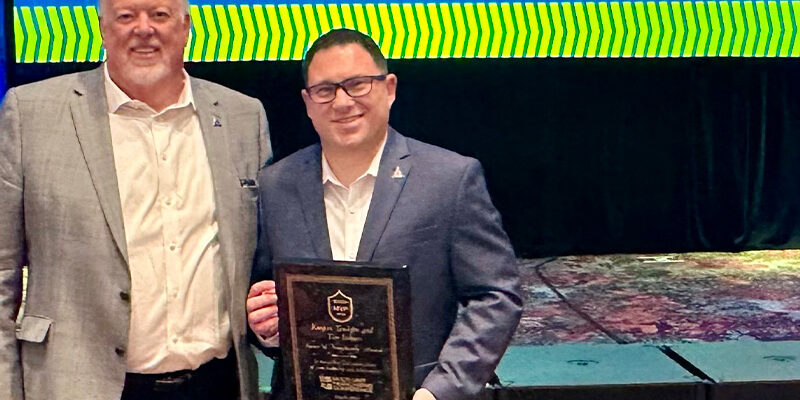Straight Talk: Using Ozone as a Disinfectant [Video]

NORTHBROOK, Ill.—April 22, 2020—In this edition of Straight Talk with Jeff Cross, David Hart, founder of RamAir International, discusses how ozone can be used as a disinfectant in buildings during the COVID-19 pandemic. Hart, an ozone expert and the patent-holder for the OzoGen 16g machine, says that while ozone generators are well known for their odor removal capabilities, many cleaners may not be aware that ozone is an effective disinfectant as well.
Liquid disinfectants are backordered all over the industry, but an ozone generator can essentially turn air into a disinfectant without needing any additional tools or materials. As a gas, ozone is also able to penetrate areas that a liquid cannot reach, which makes it extremely useful for disinfecting entire indoor areas.
Hart explains that ozone is created by ozone generators, which draw in ambient air and break apart oxygen molecules into single atoms. These atoms combine with other oxygen molecules to create O3 or ozone. Technicians are not present while the generators work, which reduces exposure to contaminated environments and use of PPE. About an hour after the generator shuts off, the ozone reverts to regular oxygen, and the space is cleaned and safe to enter.
Although ozone is an effective disinfectant, it won’t be found on the EPA N-List because it’s not the type of substance the EPA certifies. “Ozone is not on that list because it is generated by a machine; it’s not applied physically by hand to surfaces,” Hart explains. However, in recent weeks, Hart has consulted with experts on disinfection and the coronavirus, including Dr. Paul Meechan, former advisor for the CDC and current science advisor for GBAC. In their conversation about ozone’s efficacy on SARS-CoV-2, Dr. Meechan said, “Does ozone work? You betcha.”
Ozone inactivates SARS-CoV-2 by oxidizing and dissolving the membrane or envelope of the virus—in the same manner that liquid disinfectants are used to break the envelope of the virus—and it doesn’t take much ozone to do it. “One ppm is a pretty entry level concentration of ozone,” Hart said. “If you have a decent ozone generator, you can reach that pretty quickly, and according to Dr. Meechan, within seconds you should be able to solubilize that membrane,” said Hart.
According to Hart, the benefits of ozone generators are numerous. In addition to being highly effective against SARS-CoV-2, the machines are easy to use, reasonably priced, and they don’t require the continued purchase of liquid disinfectant to do the job. They are also safer for contaminated environments since technicians do not have to perform hands-on cleaning.
Watch the complete episode of Straight Talk with Jeff Cross below, and find more Straight Talk episodes on cleanfax.com. Take part in the engaging online conversations on industry topics by joining the Straight Talk Facebook group today.












